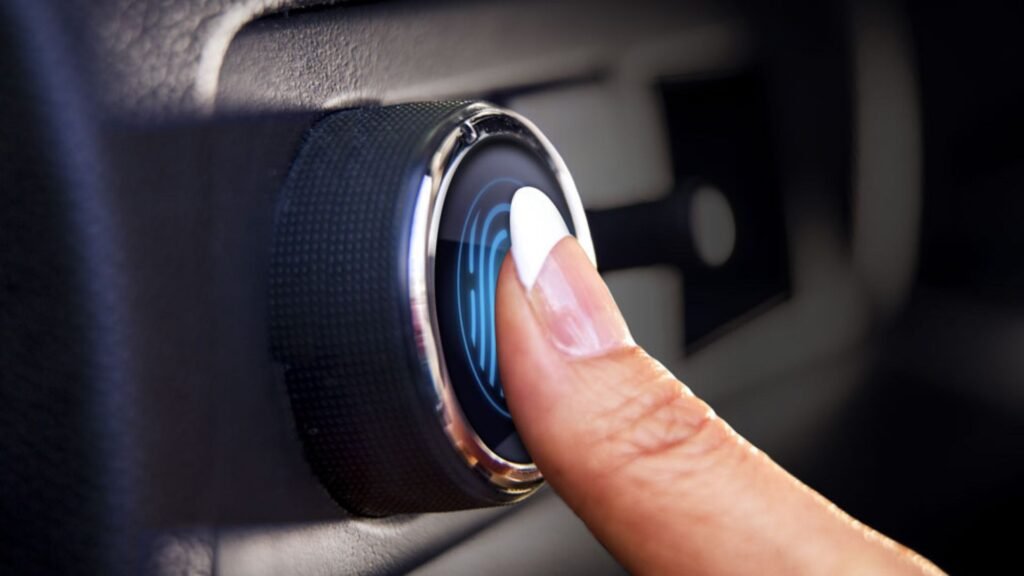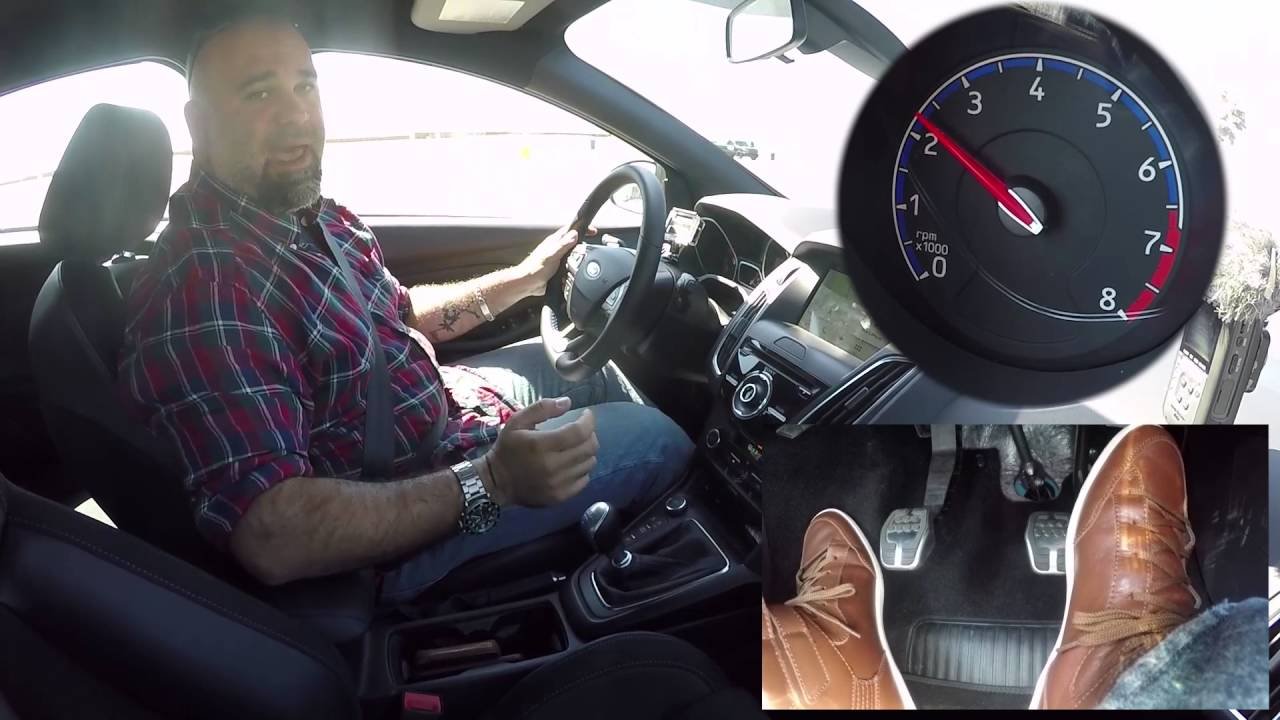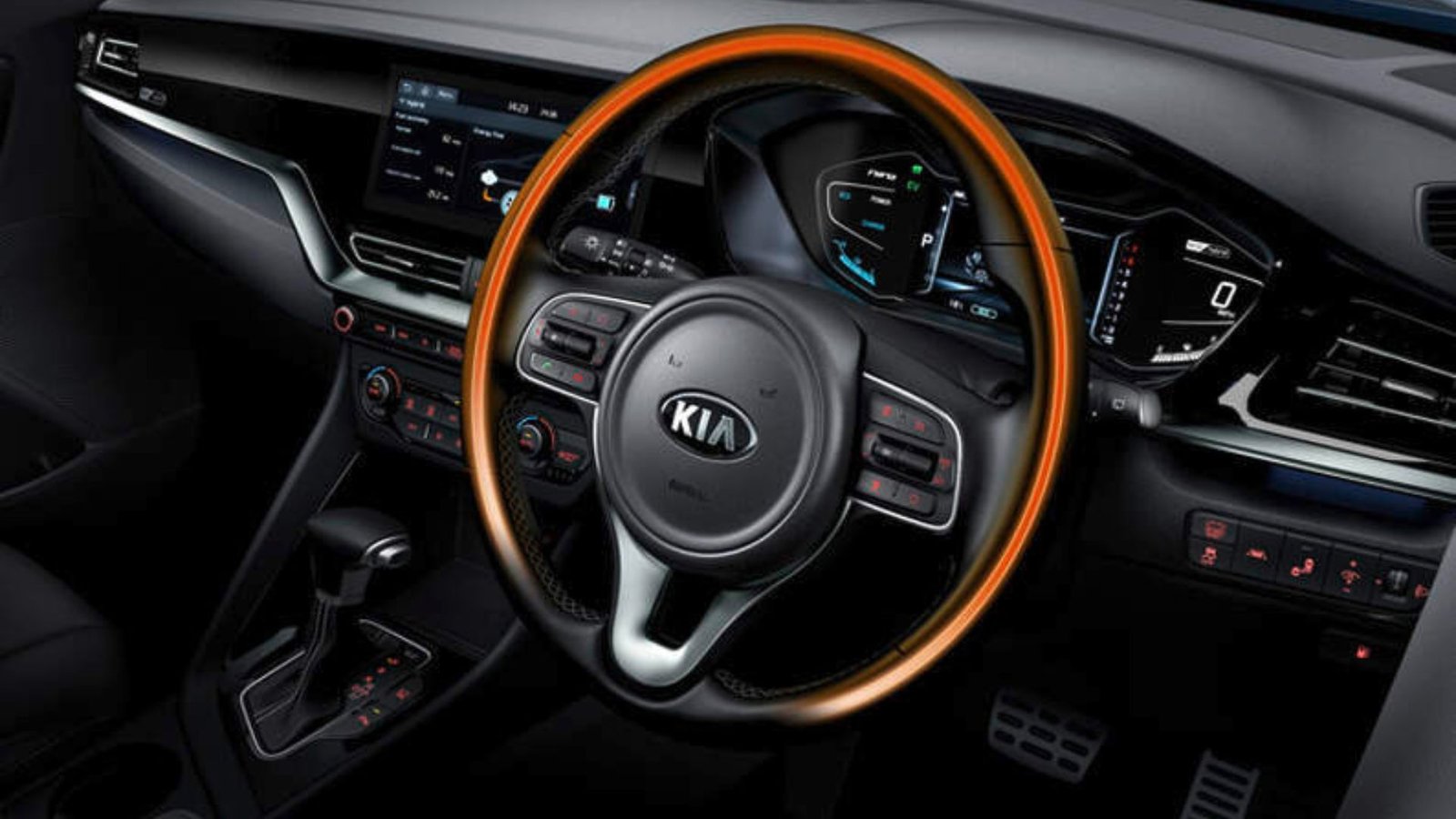Using Biometric Authentication in Cars
As technology advances, using biometric authentication in cars is becoming more common. Biometric systems in vehicles enhance security and convenience by allowing drivers to unlock and start their cars using fingerprints, facial recognition, or even voice commands. In this article, we’ll discuss how biometric authentication works in cars, the benefits it offers, and what to consider when integrating these systems into your vehicle. Let’s get into why biometric technology is becoming a game-changer in the automotive industry.
What Is Biometric Authentication in Cars?
Biometric authentication is a method of identifying a person based on their unique biological traits. In the context of cars, this could mean using fingerprint scanners, facial recognition cameras, or voice recognition systems. When using biometric authentication in cars, drivers can gain access without needing a physical key or a password. This technology reads the driver’s unique physical characteristics, verifies their identity, and then allows the vehicle to be started or unlocked.

How Does Biometric Authentication Work in Vehicles?
Biometric systems in cars typically use sensors to capture a person’s unique features. For example, a fingerprint scanner installed in the car’s dashboard or door handle reads the fingerprint and matches it with a pre-stored digital template. Similarly, a camera inside the car can use facial recognition to confirm the identity of the driver. If the system recognizes the biometric data, it allows access to the vehicle. Using biometric authentication in cars ensures that only authorized individuals can start and drive the car, providing an extra layer of security.
Benefits of Using Biometric Authentication in Cars
There are several benefits to using biometric authentication in cars. Firstly, it enhances security by making it difficult for unauthorized individuals to access the vehicle. Unlike traditional keys or passwords, biometric traits are unique to each individual and cannot be easily replicated or stolen. Secondly, it offers convenience. Drivers no longer need to fumble for keys or remember complex passwords. They can quickly unlock and start their car with a simple touch or glance. This feature is particularly useful in situations where drivers have their hands full or need to access the vehicle quickly.
Types of Biometric Systems Used in Cars
Different types of biometric systems can be integrated into vehicles. Here are some common examples:
Fingerprint Recognition
Fingerprint scanners are one of the most popular methods of using biometric authentication in cars. They are often installed on door handles or the car’s start button. Fingerprint recognition is fast, accurate, and secure, making it a preferred choice for many car manufacturers.
Facial Recognition
Facial recognition uses cameras to scan the driver’s face and verify their identity. This technology is highly secure because it can detect and recognize multiple facial features. It is also convenient since it allows hands-free access to the car.
Voice Recognition
Voice recognition systems use microphones to identify a driver’s unique voice patterns. This type of biometric authentication is ideal for hands-free car access and can also be used to control various car functions, such as navigation and climate control.
Considerations When Using Biometric Authentication in Cars
While using biometric authentication in cars offers numerous advantages, there are some factors to consider. For instance, privacy concerns may arise since biometric data is sensitive. It is crucial to ensure that this data is securely stored and protected against hacking. Additionally, biometric systems must be reliable and accurate to avoid false positives or negatives. Regular maintenance and software updates can help keep the biometric systems in optimal condition.
Privacy and Security Concerns
When using authentication in cars, it is essential to address privacy and security concerns. Biometric data is highly sensitive, and if not properly protected, it can be vulnerable to hacking and identity theft. Car manufacturers need to implement strong encryption methods to protect biometric data. Additionally, users should be informed about how their data is collected, stored, and used, ensuring transparency and trust.
The Future of Biometric Authentication in Cars
The future of using biometric authentication in cars looks promising. As technology advances, we can expect even more innovative uses for biometrics in vehicles. For example, future cars may use a combination of biometric methods to provide multi-layered security. Moreover, biometric authentication may expand to include functions like personalizing the driving experience based on the driver’s preferences, such as adjusting seat positions or climate controls automatically.
Conclusion
In conclusion, using biometric authentication in cars is a powerful way to enhance vehicle security and convenience. By integrating systems like fingerprint, facial, and voice recognition, car manufacturers provide drivers with a more secure and user-friendly experience. While there are considerations around privacy and security, advancements in technology will continue to improve the safety and functionality of biometric systems. As these technologies become more widely adopted, they will undoubtedly play a significant role in the future of automotive security.



















